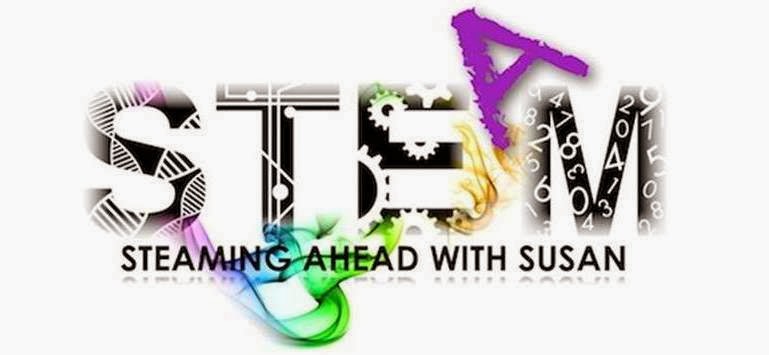On February 28, 2015, Desmon Louis Smith (DLS) Education and STEM Services will host the “Education to Innovation STEM Conference and Expo”. The Education to Innovation STEM Conference and Expo strives to bring awareness and take on President Obama’s initiative for the United States to “move from the middle to the top of the pack” in Science, Technology, Engineering and Math (STEM). The event was created to bring more awareness of STEM initiatives and programming to underrepresented students, teachers and parents.
 |
| http://www.dlseducationservices.org/ |
“Our mission is to develop young men and women with active creative minds to explore the world of science, technology, engineering, and mathematics. We seek to help by providing educational tools that will inspire them to succeed,” said LaVonia Smith, DLS Education and STEM Services Founder.
About The STEM Expo and Virtual Career Fair
Saturday, February 28, 2015, educators, and corporate leaders, will gather together for a day of knowledge and information on STEM.
There will be:
- Hands-on demonstrations
- Raffles and other prizes
- Colleges and educational organizations
- STEM related employers
- Special Guest Speakers
I have the distinct honor of being one of the guest speakers and trainers.
Want to engage your learners in STEM, but not sure how? This training will give you the resources and confidence to write your own integrated STEM lessons. We will view example STEM lessons from your grade level. With the use of templates and rubrics, you will walk out of this session with a STEM lesson that integrates Common Core Math, Ohio's New Science Standards, and the national technology standards to prepare your students for PARCC. Bring a cohort of teachers and design your STEM lessons together!
Guest Speaker
During the expo, I will speak with parents and students regarding STEM and Literacy. I will share real-world examples of how to integrate Literacy (Reading and Writing) into a STEM unit. Attendees will participate in challenges based on popular Young Adult novels. It is this hands-on approach to STEM that has increased our own library circulation rate by 272%.Trainer
Immediately following the expo, I will have a special session for educators. Teacher’s Continuing Education Units (CEU) are available based on local school district’s policy.Want to engage your learners in STEM, but not sure how? This training will give you the resources and confidence to write your own integrated STEM lessons. We will view example STEM lessons from your grade level. With the use of templates and rubrics, you will walk out of this session with a STEM lesson that integrates Common Core Math, Ohio's New Science Standards, and the national technology standards to prepare your students for PARCC. Bring a cohort of teachers and design your STEM lessons together!
Challenge
 |
| wikipedia images |
"A tool or technique that makes some aspect of one's life easier or more efficient."It's quite possible that George Washington Carver was the first life-hacker, with over 300 uses for the common peanut.
My challenge to you is to hack a paperclip. How many different uses can you design for the common paperclip? 10? 20? More?
I will have a special prize for any attendees who show me their paperclip hacks in my speaking and/or training sessions.
#STEMConExpoOhio










